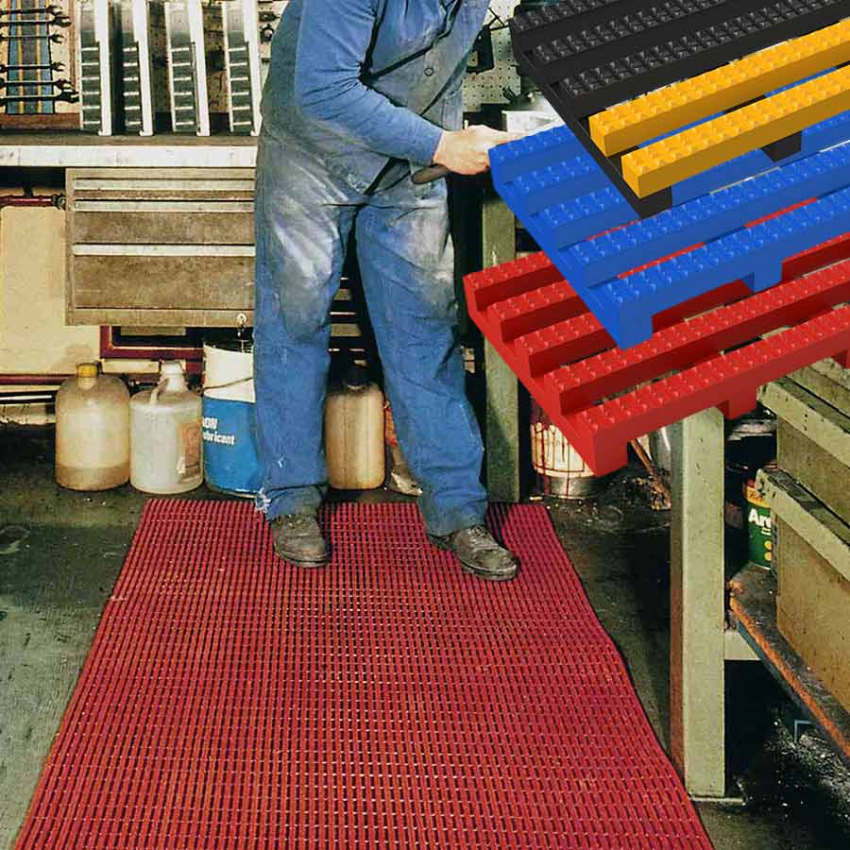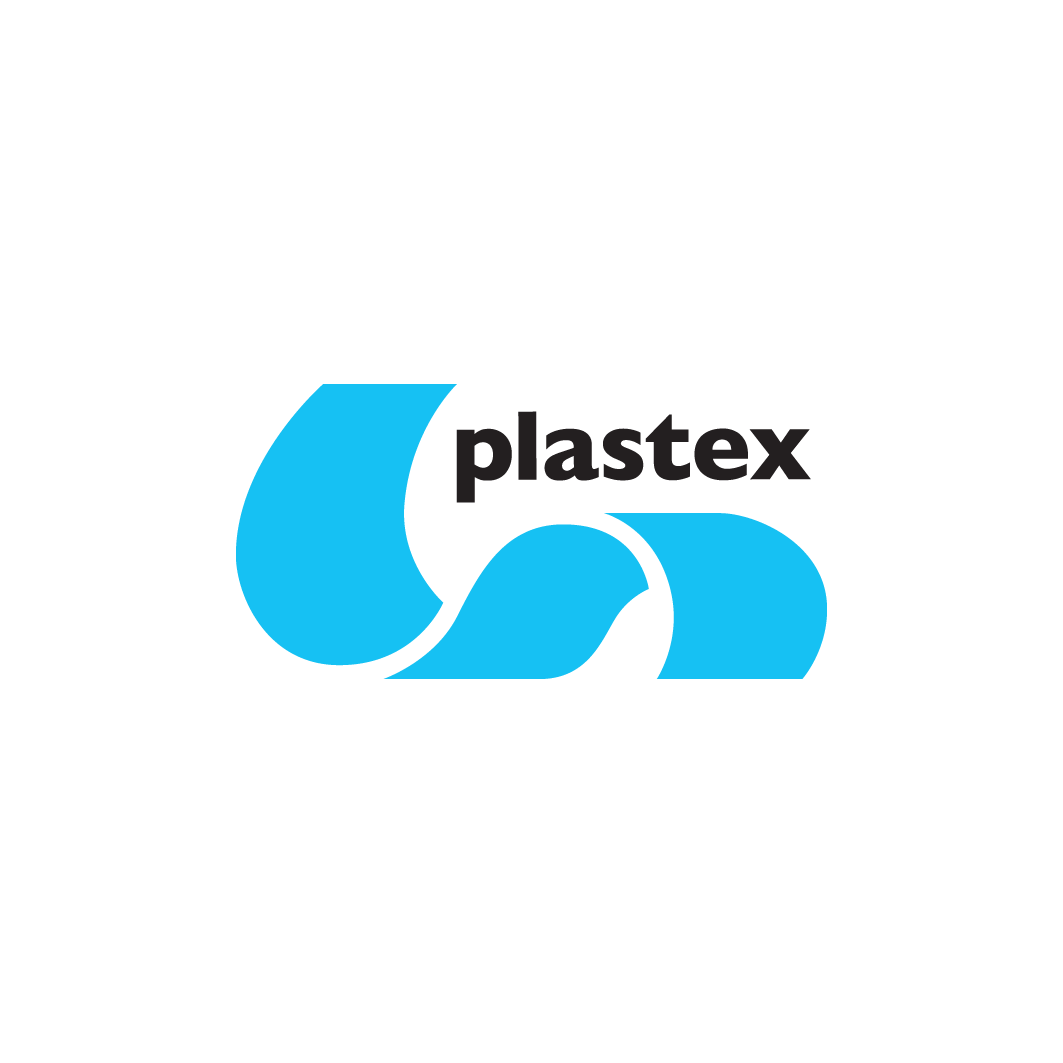











The floor covering of choice if you want to create a safe, non-slip environment. Wear-resistant and draining, this PVC grating is designed to withstand all kinds of liquids. Its non-relieved, diamond-tipped surface provides excellent grip, limiting slipping by equipment and/or machinery, as well as by employees.
Also available with bevelled safety edges on request .
In addition to its liquid-impermeable properties, this grating can withstand the lowest temperatures without cracking or bending. Its draining surface allows excellent liquid drainage, making it ideal for environments where accidental liquid spills are likely: industrial work environments or catering environments (near beverage dispensers, beverage refrigerators, cold rooms or freezer chambers).
Manufactured from non-porous PVC, this grating limits the spread of bacteria and moulds, ensuring quality floor hygiene. Its 15 mm thickness makes it a cushioning and comfortable mat for users, reducing fatigue and improving productivity.
Available in black, this grating is made from 100% industrially recycled materials. The average content of recycled materials is at least 30%, but our supplier strives, where possible, to achieve 100% recycled content. No substances included in the SVHC list of the REACH regulation are used in these coatings.
Easy to cut on site. Excellent adhesion on irregular surfaces.
Cleaning with a high-pressure water jet.
This PVC grating is used not only in industry, but also in leisure environments such as swimming pools, showers, changing rooms, catering and marine environments (pontoons, jetties and moorings, workboats, bunker linings).

| Vynagrip |
Data sheet
| Format | Roller |
| Surface | Openwork |
| Properties | Anti-fatigue Draining Fire resistant Insulation Non-slip |
| Composition | PVC (Polyvinyl chloride) |
| Thickness | 15 mm |
| Weight | 7.6 kg/m2 (1.6 lb/sq.ft) |
| Fire classification | Cfl-s1 |
| Resistant to chemicals | Yes |
| Environment | Dry environments Oily environments Wetlands |
| Intensity of use | Intense |
| Wear index | 2/3 (Very good) |
| Anti-slip classification | R11 |
| Acoustic insulation | Excellent sound absorption. |
| Anti-fatigue | Reduction of fatigue by 10% (University of Hertfordshire study, 1997). |
| Reversion | Thermoplastic shrinkage can result in a reduction of the coating by up to 2%. This can be amplified if the temperature is high. |
| UV light | The red color may fade if the mat is exposed to direct sunlight. |
| Drainage capacity | V10 |
Industrial mats meet the needs of ergonomic workstations and employee well-being.
They prevent:
There are many uses for industrial mats:
Safety criteria: The mat must cover the entire workstation, be firmly attached to the floor, not shift or slide, and have bevelled edges to prevent falls.
Thickness and flexibility criteria: Contrary to what you might think, you shouldn't choose a very thick or very soft mat. The mat should have a certain elasticity, but still allow a comfortable standing position, without the user feeling slumped.
Environmental criteria :
Environmental hazard criteria : To establish more precise characteristics for a mat (antistatic properties or fire resistance etc...) we need to take into account the hazards present in the environment where the mat will be installed.
Where hazardous liquids are present in the working environment, the anti-slip properties and chemical resistance of industrial mats should be taken into account. The presence of openings on mats to allow the evacuation of fluids is essential.
Traffic criteria: We need to take into account the traffic that takes place on the equipment: how many workers can walk on it? How often, etc., in order to choose the most suitable mat.
Prevent the many problems associated with poor workstation ergonomics: RSI, static shock, bacterial proliferation, etc.
We offer a wide choice of industrial mats: on rolls, in standard sizes, made-to-measure or modular mats to suit all types of workstations.